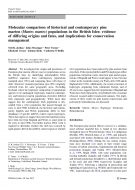
We investigated the origins and persistence of European pine marten populations across the British Isles by identifying mitochondrial DNA (mtDNA) sequences from contemporary populations (sampled since 1981) and comparing these with those of older ‘historical’ museum specimens (pre-1981) originally collected from the same geographic areas.
Download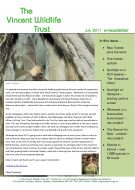
This issue includes an overview of work taking place during 2011. Including an introduction to our new Trustee, updates on our pine marten work in Cumbria and Scotland, our new projects ‘Mammals in a Sustainable Environment’ and ‘Our Beacon for Bats’ and an insight into a biological recording event, BioBlitz, in Ireland.
Download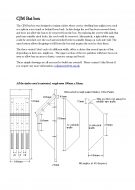
The slot bat box was designed to imitate niches where crevice dwelling bats might roost; such as a split in a tree trunk or behind loose bark. The three vertical ‘slots’ each of a different width, offers a choice that several species of bat, depending on their size, might use. The upper section of the two partition walls have been cut away to allow bats an area to cluster, conserve energy and breed.
Download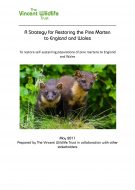
Although sightings reports and occasional genetic evidence confirm the presence of the pine marten in parts of England and Wales, limited success in their detection despite concerted efforts suggest that they are not abundant and that populations have failed to recover from their historical decline.
Download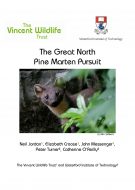
The ‘Great North Pine Marten Pursuit’ surveys were initiated in order to collect pine marten DNA from extant populations of England. They aimed to determine the presence of pine martens in specific areas, and so allow a focussing of future conservation resources in those areas, whilst also determining the genetic haplotype of the pine martens.
Download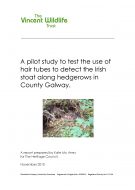
In Ireland the Irish stoat is considered to be a near-endemic subspecies, with >90% of the global population estimated to occur in the country. This study involved laying plastic baited hair tubes, 10 per 200 metres at 20m intervals, along hedgerows in the bottom left 1km2 of 10km grid squares across County Galway.
Download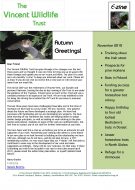
The first of VWT’s six-monthly ‘e-zine’ to keep you informed about our work. This issue includes updates on tracking down the Irish stoat, our ‘Prospects for Pine Martens’ project, news from our dormouse team, and the bat work taking place in Poland, Wales and Dorset.
Download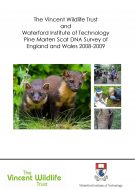
In 1995 The Vincent Wildlife Trust (VWT) revived its interest in pine martens and explored a number of different methods of detecting the presence of martens, including scat surveys. During this period the Trust’s experiences led to a growing scepticism about the reliability of the field identification of scats on the basis of physical attributes.
Download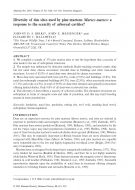
Dens are an important resource for pine martens and sites are selected in response to predation risks and energetic constraints. We compiled a sample of 370 pine marten dens to test the hypothesis that a scarcity of sites leads to the use of suboptimal structures.
Download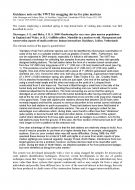
A guidance note on a system employing a stretched spring to trap dorsal hairs of pine martens which can then be subjected to DNA analysis. This advice note includes the construction, deployment and maintenance of this system used for collecting hair samples from pine martens as they visit specially designed baiting stations.
Download